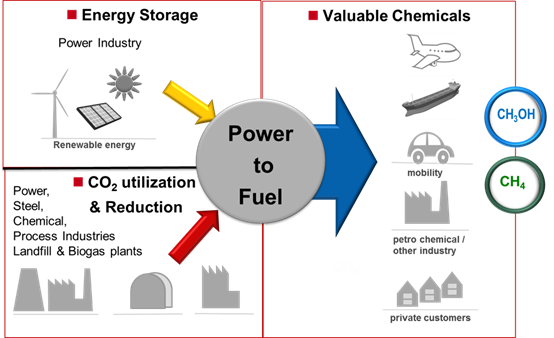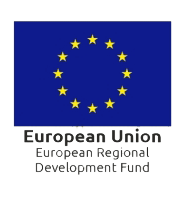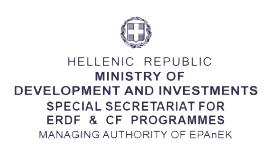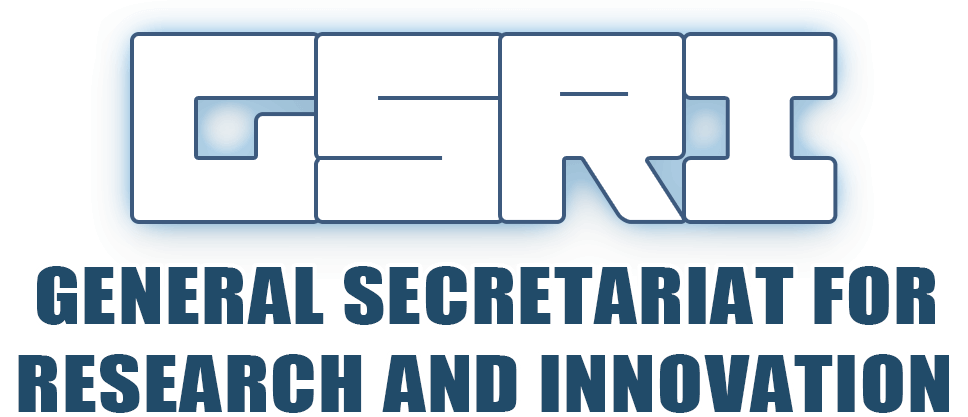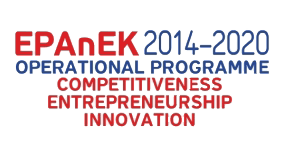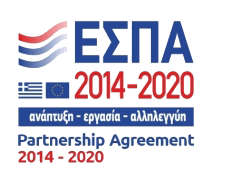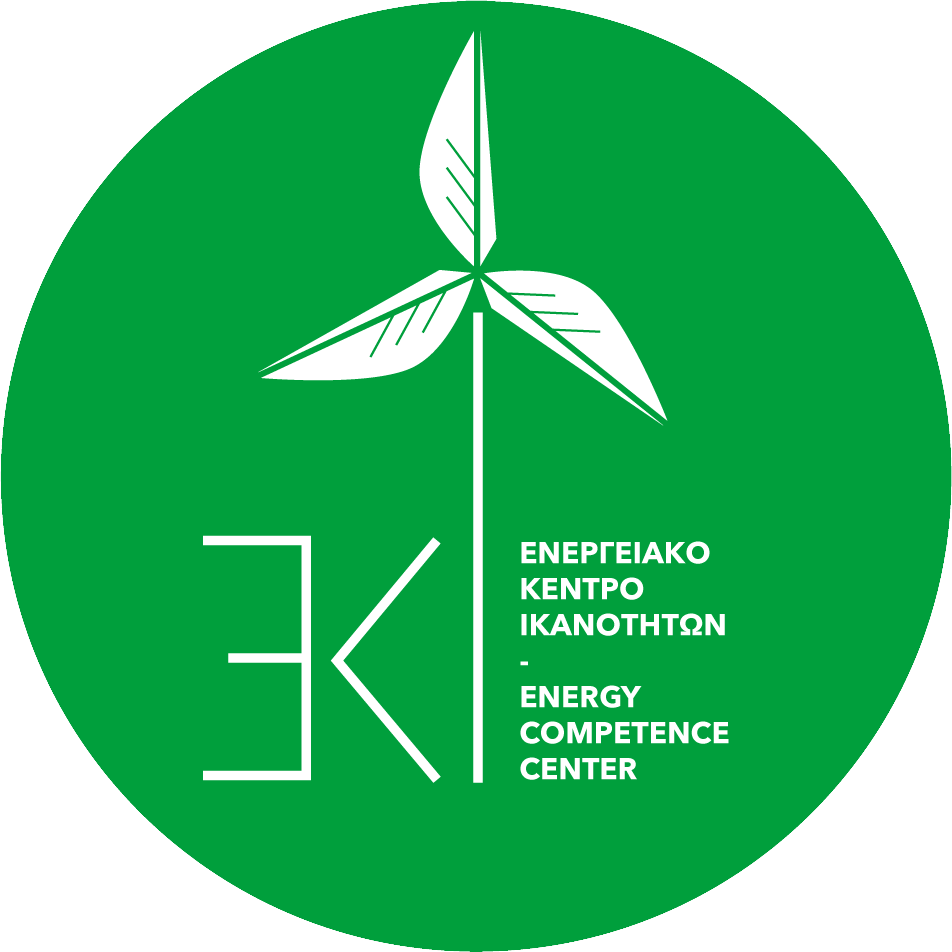Work Units
Driving Progress, Work Unit by Work Unit: Achieving Results and Advancing Together
01.
Cradle to Gate: CCU Conversion
Task 1.1 Exploration of Hydrogen Production and CO2 Capture Technologies
Hydrogen, as a clean and versatile energy carrier, holds immense potential to revolutionize sectors like transportation and industrial processes.
Investigating various hydrogen production methods, such as electrolysis and steam methane reforming, allows us to understand their efficiency, costs, and environmental impacts.
Simultaneously, the development of effective CO2 capture technologies is essential for mitigating greenhouse gas emissions.
Techniques like carbon capture and utilization (CCU) or carbon capture and storage (CCS) present innovative ways to trap and manage CO2 emissions from industrial processes.
The collective exploration of these technologies marks a significant step towards a cleaner and more sustainable energy future, fostering a transition away from fossil fuel dependency.
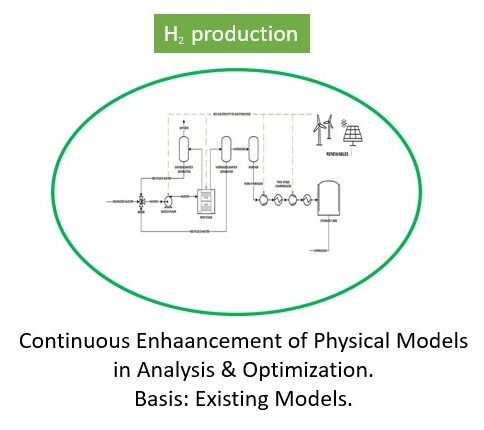

Task 1.2 Simulation of Methanol (MeOH) and Synthetic Natural Gas (SNG) Synthesis Processes and Review of Their Production Technologies
By employing advanced computational models and simulations, these processes can be analyzed for efficiency, reaction kinetics, and resource utilization.
Through these simulations, researchers gain insights into optimizing reaction conditions, catalysts, and energy consumption.
Additionally, a comprehensive review of the production technologies associated with MeOH and SNG further enhances our understanding of their feasibility, environmental impact, and scalability.
This combined approach of simulation and technological review not only deepens our comprehension of these vital chemical pathways but also paves the way for more sustainable and economically viable production methods in the realm of energy and chemical industries.
Task 1.3 Fuel Processing and Distribution Management
This multifaceted process involves the extraction of raw materials, such as crude oil or natural gas, followed by refining and conversion into usable fuels like gasoline, diesel, and jet fuel.
Effective distribution strategies encompass logistics, storage, and transportation networks that guarantee timely delivery to end consumers, industries, and sectors like aviation and transportation.
Advanced technologies and supply chain optimization play a significant role in enhancing the reliability, safety, and environmental sustainability of fuel processing and distribution.
In an ever-evolving energy landscape, the meticulous management of fuel processing and distribution is essential for powering economies and societies while minimizing ecological impact.
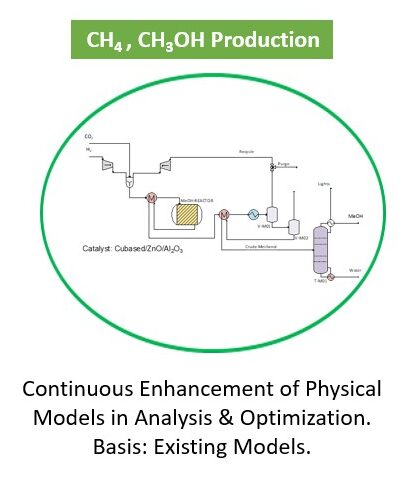
Work Unit Deliverables:
- Market and technology readiness
- Design and optimization of methanol and SNG production processes and product supply chain
02.
Gate to Grave: CCU Fuel Application
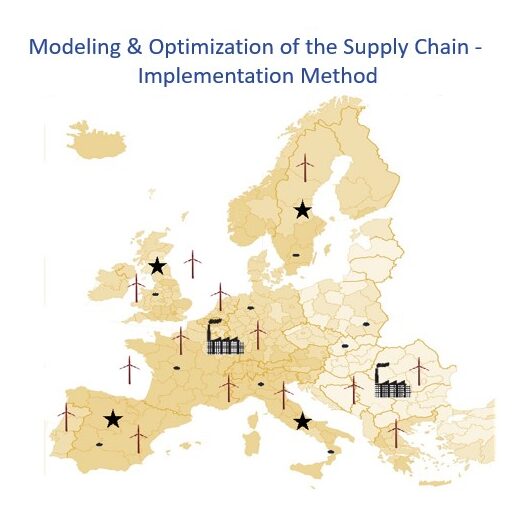
Task 2.1 Mapping and Evaluation of the Supply Chain
and stakeholders that contribute to the production and distribution of goods and services.
Through detailed mapping, each step from raw material acquisition to final delivery is delineated, facilitating a comprehensive understanding of operational flow and potential inefficiencies.
Evaluation further delves into performance metrics, cost analysis, risk assessment, and sustainability considerations.
This process aids in identifying bottlenecks, optimizing processes, enhancing transparency, and fostering collaboration among partners.
In today’s globalized and complex business landscape, a well-executed supply chain mapping and evaluation strategy is fundamental for enhancing competitiveness, customer satisfaction, and the overall operational efficiency of organizations.
Task 2.2 Ship categories, engines
a crucial role in achieving the ambitious goal of reducing greenhouse gas emissions.
Analyzing and optimizing the ship categories and engines involved in transporting and utilizing ‘green’ methanol and SNG presents a multifaceted challenge.
It necessitates identifying and implementing innovative technologies, sustainable fuels, and efficient propulsion systems that align with environmental targets.
By meticulously evaluating and enhancing these components, we can significantly contribute to the reduction of greenhouse gas emissions throughout the entire value chain.
This synergy between ship categories, engines, and emission reduction showcases the maritime industry’s commitment to a more sustainable future.
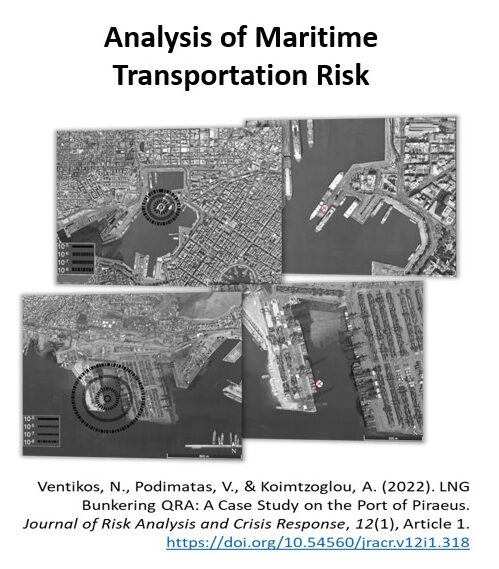
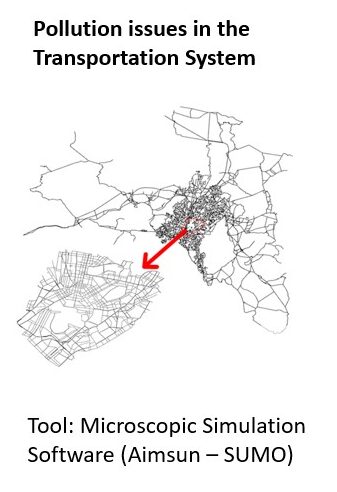
Task 2.3 Life Cycle Analysis and Environmental Impacts
to assess its ecological footprint.
This systematic approach evaluates the environmental repercussions associated with each stage, from raw material extraction to production, distribution, use, and disposal.
By scrutinizing every facet of a lifecycle, including resource consumption, emissions, and waste generation, it provides a holistic understanding of the environmental implications.
This analysis aids in making informed decisions, enabling the identification of areas for improvement, and guiding sustainable practices.
Furthermore, “Life Cycle Analysis and Environmental Impacts” serve as a crucial tool for industries and policymakers aiming to minimize negative ecological consequences and maximize the benefits of their activities, contributing to a more sustainable and harmonious relationship between human activities and the environment.
Work Unit Deliverables:
- Use of methanol and SNG in various fuel blends
- Reduction of greenhouse gases in the total value chain of 'green' methanol and SNG
03.
Assessment of economic and social impact
TASK 3.1 Estimation of CAPEX and OPEX Costs for MeOH and SNG Production
associated with the production processes of MeOH (methanol) and SNG (Synthetic Natural Gas).
Understanding the financial intricacies of these production methods is essential for a comprehensive cost/benefit analysis.
By quantifying the initial investments, operational costs, maintenance expenses, and other financial aspects, one can gauge the viability and sustainability of the eMethanol and SNG/eSNG value chain.
This analysis guides decision-making, enabling stakeholders to identify potential economic advantages, optimize resource allocation, and ensure the feasibility of adopting these eco-friendly alternatives in the energy landscape.


Task 3.2 Cost-Benefit Analysis and Supply Security
and potential benefits against associated costs.
Moreover, the evaluation extends beyond economic considerations, encompassing social implications and the assurance of a stable supply.
Ensuring the consistent availability of eMethanol and SNG/eSNG is essential for long-term viability, and understanding how these alternatives impact various sectors of society is equally significant.
This analysis empowers stakeholders to make informed decisions about resource allocation, technological investments, and sustainable practices.
By addressing economic, social, and supply security aspects, we gain a comprehensive understanding of the intricate interplay between these components, thus paving the way for a more environmentally conscious and resilient energy future up to 2030 and 2050.
TASK 3.3 Accumulated Investments for 2030 and 2050
- technology
- infrastructure
- renewable energy, and
- sustainable practices.
They play a pivotal role in shaping the trajectory of economic growth, environmental stewardship, and societal well-being.
By strategically allocating resources and capital towards endeavors that align with environmental, social, and economic goals, stakeholders can ensure a more resilient and prosperous future.
Analyzing the Accumulated Investments for 2030 and 2050 provides valuable insights into the dedication towards creating a more sustainable and resilient world, where innovation and responsibility harmoniously drive progress in the decades to come.

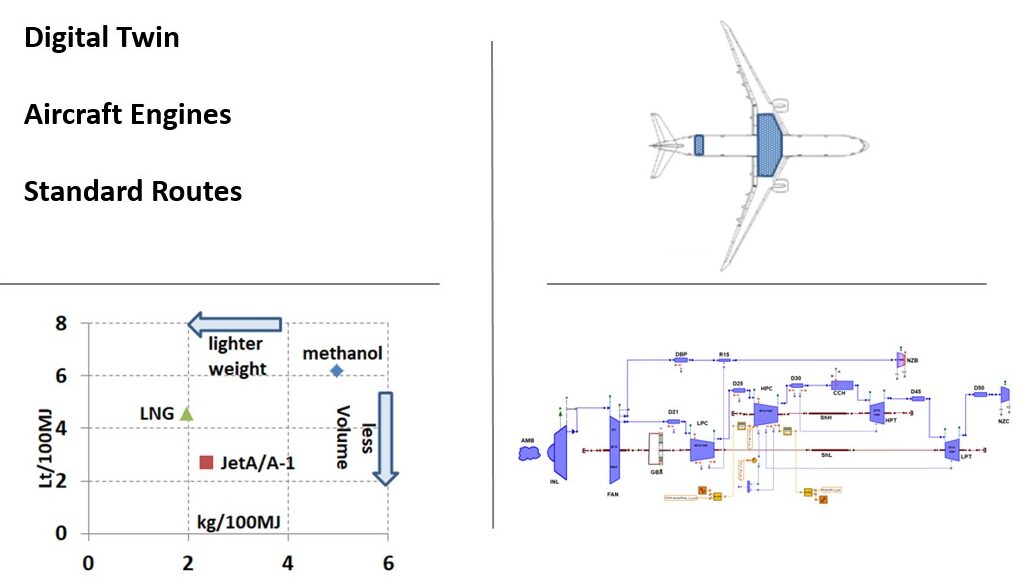
Task 3.4 Impacts on Employment and Added Value (Domestic Economy and the EU Economy)
both within the domestic context and across the broader European Union.
The adoption of sustainable energy alternatives such as eMethanol and SNG/eSNG can influence employment patterns by fostering new job opportunities in sectors like research, production, distribution, and maintenance.
Moreover, the integration of such technologies can contribute to the added value within the domestic economy and the EU by promoting innovation, enhancing competitiveness, and aligning with the region’s sustainability goals.
Understanding these impacts provides insights into the socio-economic benefits of transitioning towards cleaner energy solutions, offering a comprehensive perspective on the far-reaching advantages that extend beyond environmental considerations.
Work Unit Deliverables:
- Cost/benefit analysis of the eMethanol and SNG/eSNG value chain
- Economic and social impact of the emethanol and SNG/eSNG value chain to 2030 and 2050
04.
Project management, coordination and dissemination
TASK 4.1 Project management
to achieve specific objectives within a defined timeframe.
It involves setting clear goals, breaking them down into actionable steps, assigning responsibilities, establishing timelines, and assessing risks.
A successful project management strategy ensures efficient allocation of resources, effective communication, and adaptation to changing circumstances.
In the context of the mentioned end goal, which is the “Dissemination plan and website of the Project,” project management will be crucial in outlining a structured plan for sharing project-related information, coordinating activities, and ensuring the development and maintenance of an informative and user-friendly website.
This ensures that stakeholders are well-informed and engaged throughout the project lifecycle.
Task 4.2 workshop
This event will serve as a platform for sharing insights, findings, and outcomes derived from the project’s endeavors.
Bringing together stakeholders, experts, and participants, the workshop will facilitate discussions, knowledge exchange, and collaborative reflections on the project’s journey.
It will offer an opportunity to validate the project’s achievements, address questions, and explore potential future directions.
By fostering a dynamic and interactive environment, the workshop will not only signify the project’s conclusion but also contribute to the broader dissemination of knowledge and the nurturing of meaningful connections among those involved.
Work Unit Deliverables:
- Dissemination plan and website of the Project
- Seminars/workshops
Ready to learn more about grefutra project?
Delve into the core components of our project for a comprehensive overview of its key aspects,
progress, and outcomes

Project Structure

Work Units

Deliverables



